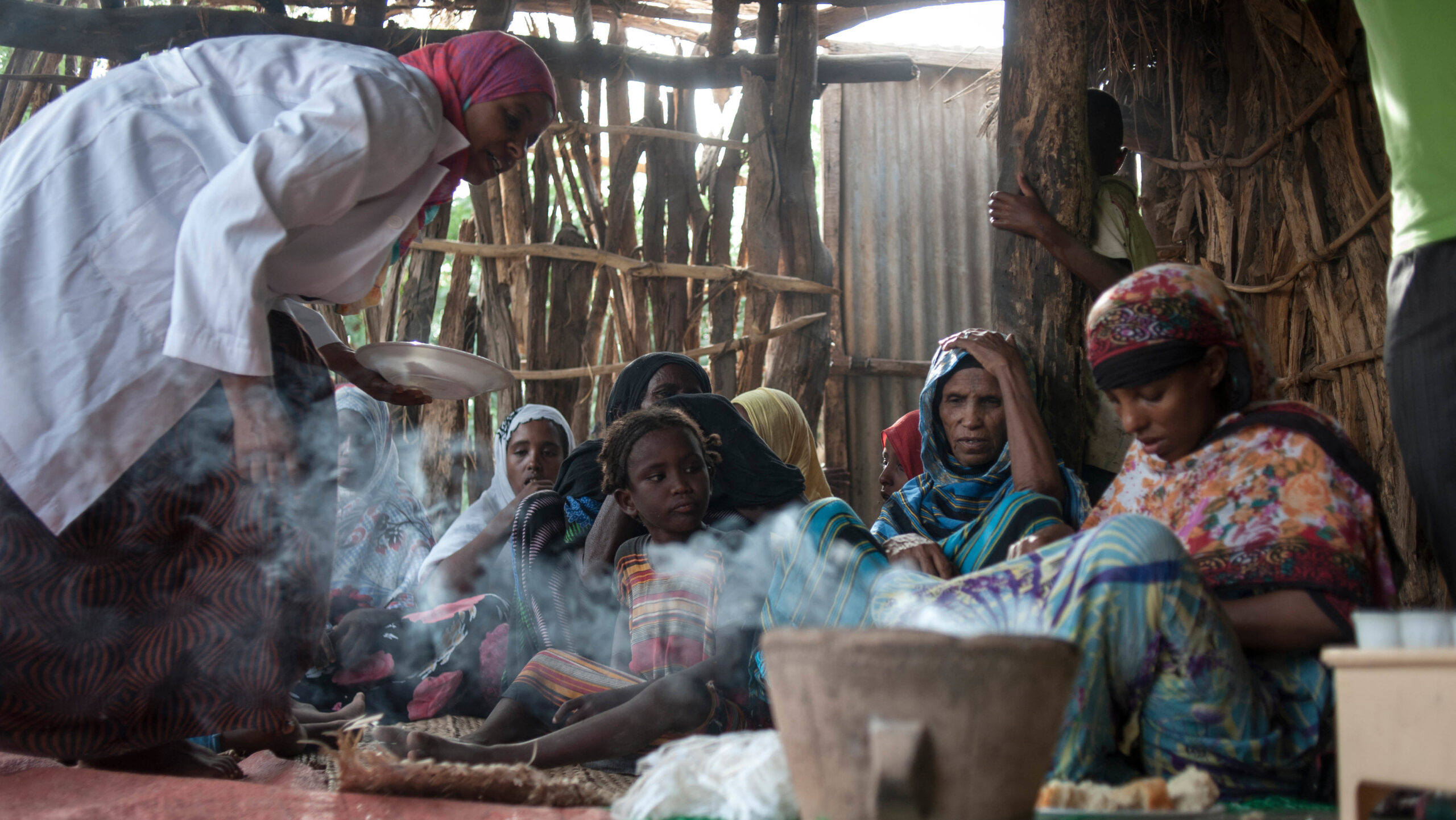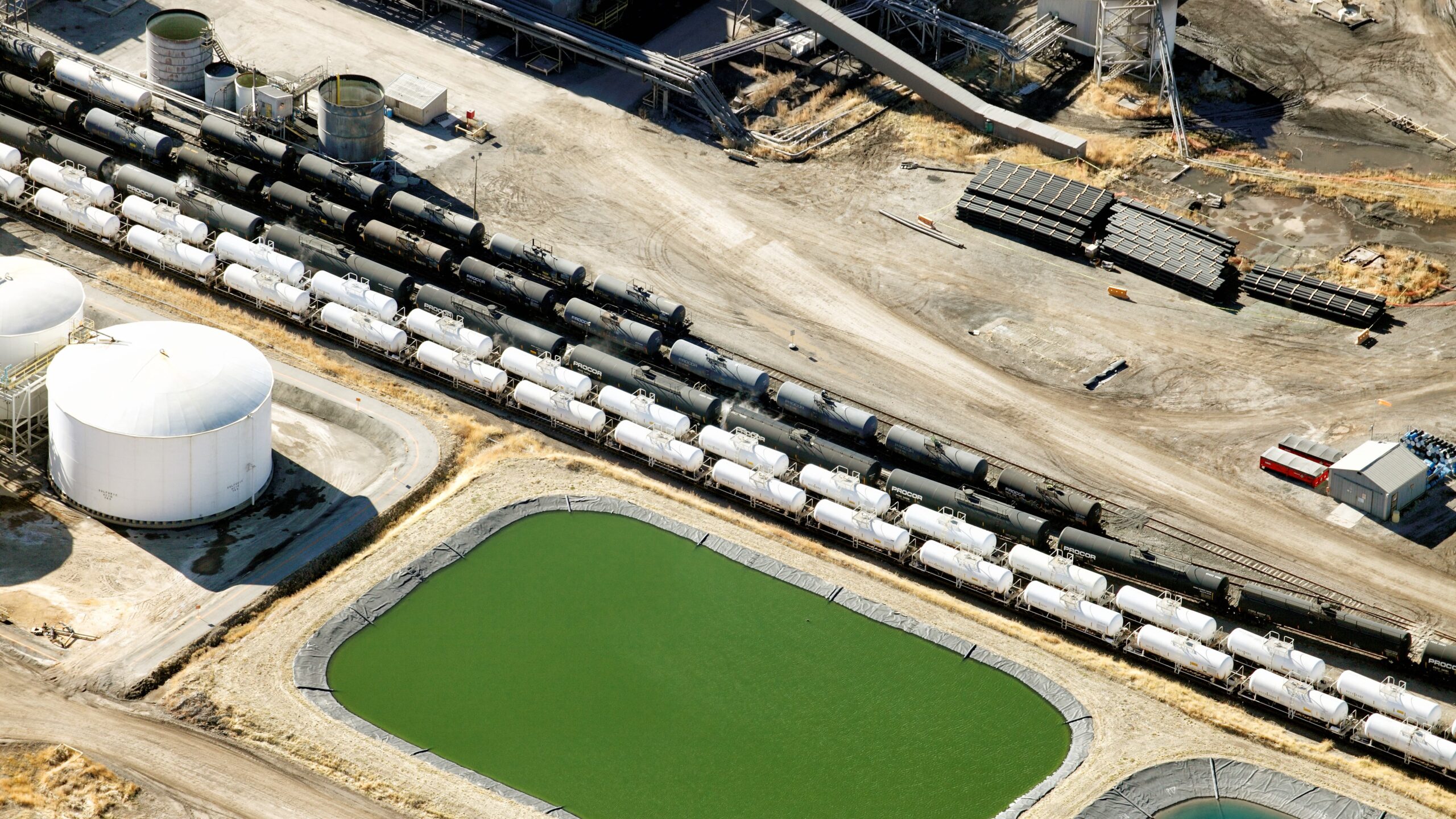The following post by IFPRI Senior Researcher Margaret McMillan was originally published on the Financial Times This is Africa website.
There is even evidence that a healthy manufacturing sector can help to bridge the gap in income levels between rich and poor countries. But the historical importance of manufacturing in economic growth has led some observers to be sceptical about the sustainability of Africa’s recent and rapid ‘boom’. Rather than industrialising, many believe that the manufacturing sector in Africa has contracted and that the continent is actually de-industrialising. Yet a careful scrutiny of the recent facts indicates this is not so.
It is easy to understand the confusion. First, there is precedent for such a trend. There was a period of de-industrialisation in Africa that coincided with the privatisation of large state owned factories. This began in the early 80s and did not fully play out until the mid to late 90s. The average growth rate for the continent during this period was negative and, in some cases, there was actually urban to rural migration. New evidence suggests that these days are over.
Second, a lot of manufacturing employment takes place in the informal sector. Consider the case of Kenya where – according to the Kenya National Bureau of Statistics (KNBS) – only 12 percent of the labour force is employed in the formal sector. Between 1990 and 2007, formal sector employment in manufacturing barely budged and its share of total employment fell from 2 to 1.6 percent. Based on these statistics, one might conclude that Kenya was experiencing de-industrialisation. But over this same period, manufacturing employment in the informal sector increased from a little over 300,000 to almost 1.6 million. Taken together, the share of employment in manufacturing actually grew from 5.5 percent to 11.5 percent. Kenya is not unique: the most recent statistics from Nigeria indicate that half of the 11 percent of the population engaged in manufacturing works in the informal sector.
Productivity is higher in formal than informal manufacturing. But an overemphasis on this gap misses some important points. One of the reasons that much of modern day manufacturing is so productive is because it demands high capital intensity. In many African economies, where jobs are sorely needed, capital intensive manufacturing might produce growth, but arguably it will not solve the more pressing employment problem. Furthermore, productivity in informal manufacturing is still significantly higher than productivity in subsistence agriculture. What ultimately matters is productivity growth, and we simply do not have the information to judge whether or not it is growing in informal manufacturing because, so far, nobody has been able to measure value added in the formal and informal sectors separately.
A third reason for the confusion around belief that ‘Africa’ is de-industrialising is the tendency of researchers to lump all of Sub-Saharan Africa (SSA) together. This is a problem because Mauritius and South Africa are clearly outliers. The share of employment in manufacturing in Mauritius fell from 32 percent in 1990 to 19 percent in 2010, but this decline has been matched by an increase in employment in much higher productivity services. South Africa, meanwhile, which has been far more industrialised than the rest ofSSA, faces unique challenges stemming from the legacy of apartheid. By contrast, in the rest of the sub-Saharan region – sometimes referred to as developing Africa – the share of employment in manufacturing increased by a little over 2 percentage points between 2000 and 2010.
Alongside the employment numbers, there are other signs that the manufacturing sector in developing Africa is starting to flourish. Between 2000 and 2010, the share of manufacturing exports in goods and services more than doubled from 10 percent to 23 percent; and if we exclude a handful of oil exporters, that share rises to 32 percent. These numbers are not driven by a just a few countries, but based on a group of 34 countries in developing Africa. They are also not driven by one or two products. The range of manufactured exports varies from labour intensive activities, like textile and shoe manufacturing, to capital intensive activities, like petroleum refining. Finally, the period 2000-2010 does not appear to be an anomaly; there are good reasons to believe that this upward trend will continue. Chinese investment in African manufacturing has increased sharply in recent years. In 2010, it totalled $4.7bn compared with $5.7bn in mining. And more recent evidence indicates that the pace and magnitude of this investment has increased further since 2010.
The challenge now is figuring out how to ensure that these investments lead to job creation. Given the high degree of informality in manufacturing, it will be important to try to link businesses in the informal sector to those in the formal sector. Such linkages have the potential to raise productivity and wages in the informal sector while at the same time lowering the costs of formal firms by making them less reliant on imported inputs. It was just these kinds of linkages that led to the success of thousands of small firms in China.
Margaret McMillan is a Professor of Economics at Tufts University, a Senior Research Fellow at IFPRI and a Research Associate at the National Bureau of Economic Research. Margaret is currently leading a research project on structural transformation in Africa, funded by the DFID-ESRC Growth Research Programme







